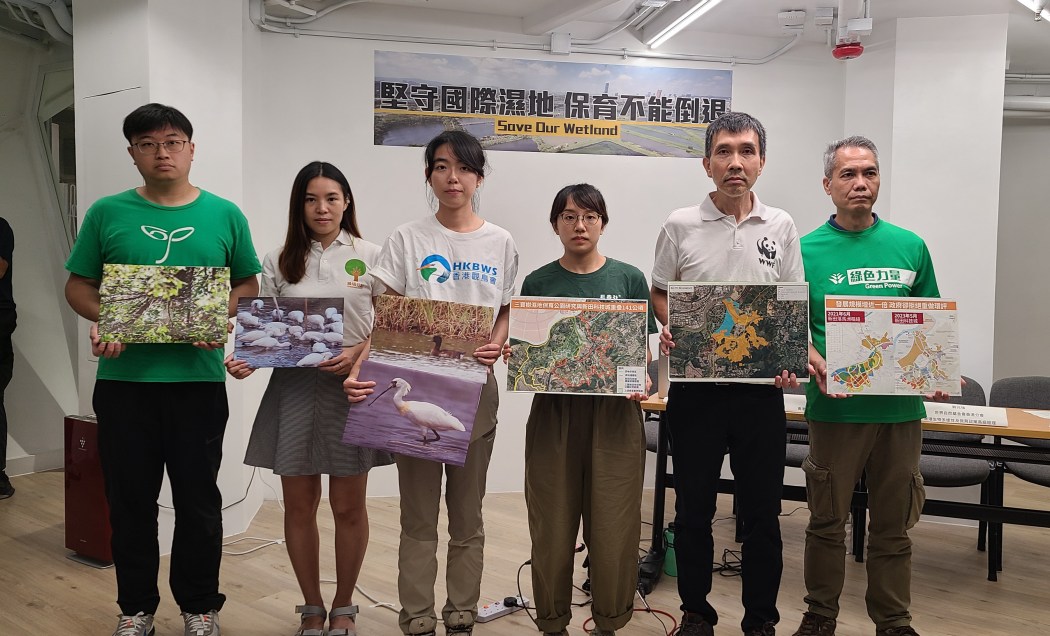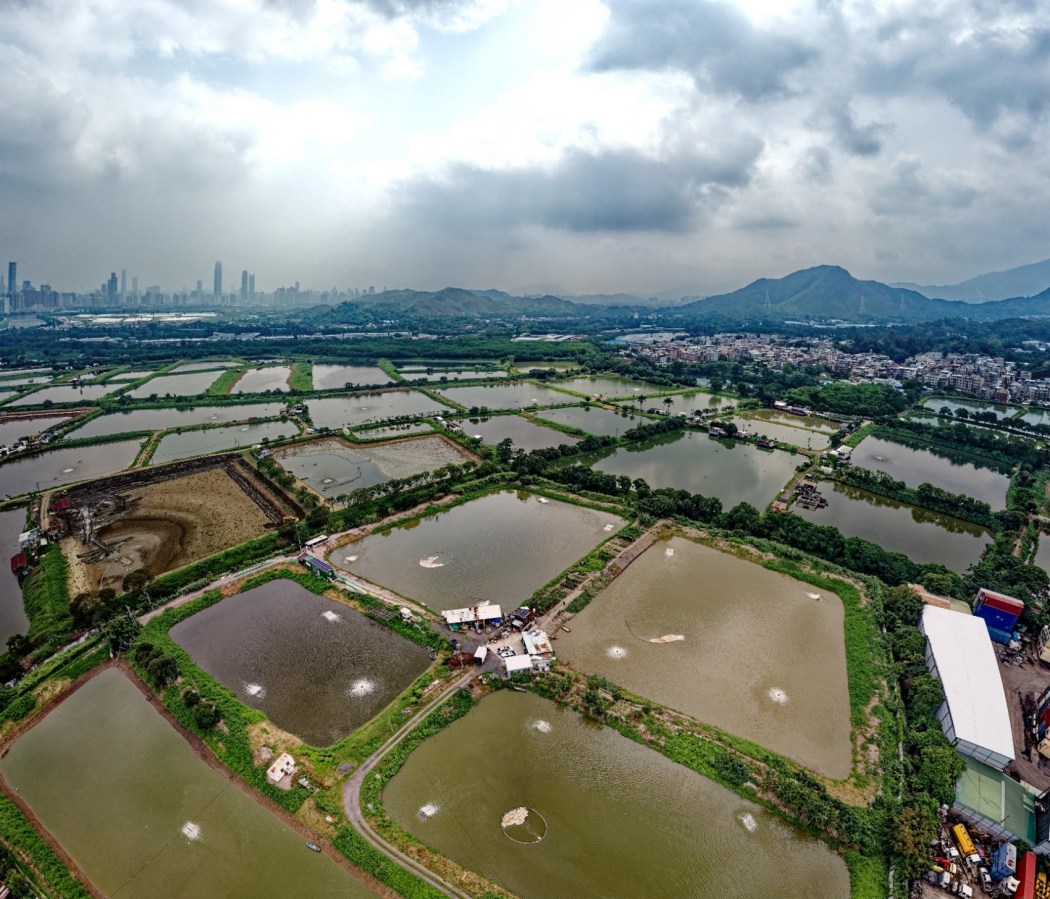The San Tin Technopole development project disregards wetland conservation policies and may cause harm to 248 hectares of conservation area and buffer zones, according to nine environmental groups who have united to urge the government to revise the plan.

In 2021, the government suggested building an international Innovation and Technology (I&T) hub in order to develop the sector in Hong Kong.
In May, authorities launched the San Tin Technopole plan, which would develop a total of 627 hectares of land in the northern part of the territory. But the region also includes 151 hectares of wetland conservation zones and buffer zones totalling 97 hectares.
“The development violates Town Planning Board Planning Guidelines No.12C and the government should obey the guidelines,” said Tobi Lau, the senior manager of World Wide Fund For Nature Hong Kong.
According to the guidelines, development in wetland conservation areas has to be related to either environmental education or conservation – land use relating to I&T is not mentioned.

Lau was speaking at a press conference on Tuesday that included eight other green groups – the Conservancy Association, the Hong Kong Bird Watching Society, Green Power, Greenpeace, Greeners Action, The Green Earth, Green Sense and Designing Hong Kong.
On Tuesday, the groups also questioned why the Development Bureau launched the San Tin Technopole plan in May and began a public consultation, before the Agriculture, Fisheries and Conservation Department (AFCD) is set to reveal the results of their ecological research later this year.
The AFCD began research at three wetland parks last year covering 141 hectares of land that overlapped with the proposal.
‘Development before conservation’
“It is development before conservation, which is a backward practice,” said Kristy Chow, a campaign officer at the Conservancy Association.
According to the groups, the current development area has doubled in size compared to the initial idea suggested by the government in 2021. However, the environmental impact assessment report that the government relies on did not include the newly-added area.
Cheng Lui-ki, the director of Green Power said that “using the old environment impact assessment report cannot deliver an effective evaluation and may even seriously underestimate the huge ecological impact of San Tin Technopole.”

Wong Suet-Mei, a conservation officer at the Hong Kong Bird Watching Society, also said that the development area overlaps with the territory’s second and third largest habitats for egrets.
The nine groups urged the government to explain why current environmental policies were not being followed.
In a response to HKFP, the Development Bureau said that 151 hectares of the development area is located in the wetland conservation zone and 97 hectares in the wetland buffer zone. However, 64 per cent, or 159 hectares, of those areas was actually brownfield sites, filled fish ponds and other low ecological value lands.
“The remaining approximately 90 hectares (36 per cent) are proposed to be filled fish ponds, of which half have no aquaculture activities or have been abandoned for many years,” said the spokesperson of the Development Bureau.
The bureau also said that the environmental impact assessment would cover the latest proposed development area and the Civil Engineering and Development Department planned to submit the report to the Environmental Protection Department in the third quarter.
Support HKFP | Policies & Ethics | Error/typo? | Contact Us | Newsletter | Transparency & Annual Report | Apps
Help safeguard press freedom & keep HKFP free for all readers by supporting our team

LATEST FROM HKFP
HKFP has an impartial stance, transparent funding, and balanced coverage guided by an Ethics Code and Corrections Policy.
Support press freedom & help us surpass 1,000 monthly Patrons: 100% independent, governed by an ethics code & not-for-profit.










